Queen Elizabeth II has died aged 96 and the entire UK is in mourning. Her death also marks the beginning of a new era in the House of Windsor. Many aspects of life in Britain and beyond will change with the accession of Charles to the throne, including the national anthem, notes, coins, stamps, postboxes, and passports.
With the Queen's death, other royal family members have already received new titles. Prince William, Kate Middleton, and Charles' wife, Camilla Parker Bowles, are among those using their new official names. Archie and Lilibet, the children of Prince Harry and Meghan Markle, may also be considering promotions within the royal family. Here's a look at the new titles and changes that come into effect after Queen Elizabeth IIs death.
Prince Charles Is King Charles III

As the Queen's eldest child and the rightful heir, Prince Charles succeeds the throne after her death. Although he hasn't decided on a regnal name, King Charles III is likely to be used unless he specifies differently.
His full name is Charles Philip Arthur George, so he may choose to take the throne as King George VII, King Philip, or even King Arthur.
Prince Edward
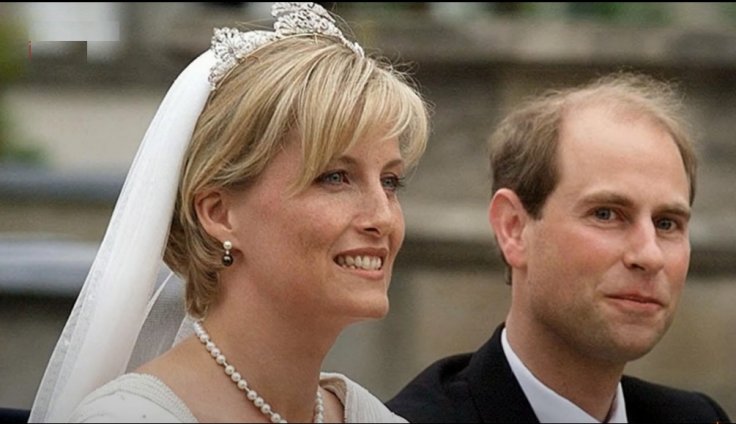
Prince Charles received the title of Duke of Edinburgh when Prince Philip died in 2021; however, as king, he may now bestow the Dukedom on a different member of the family.
"The title could be recreated for Prince Edward, who is currently giving out the Duke of Edinburgh Awards and took on a lot of Prince Philip's charities," Carolyn Harris, author of "Raising Royalty: 1000 Years of Royal Parenting," told Page Six. "But that will be up to Charles to decide whether he wants to recreate the title for his youngest brother."
Given that the incoming reigning monarch has shown a desire to streamline the monarchy in the past, royal experts are divided on whether he will decide to nominate Prince Edward to the dukedom.
Camilla, Duchess of Cornwall, Is Queen Consort
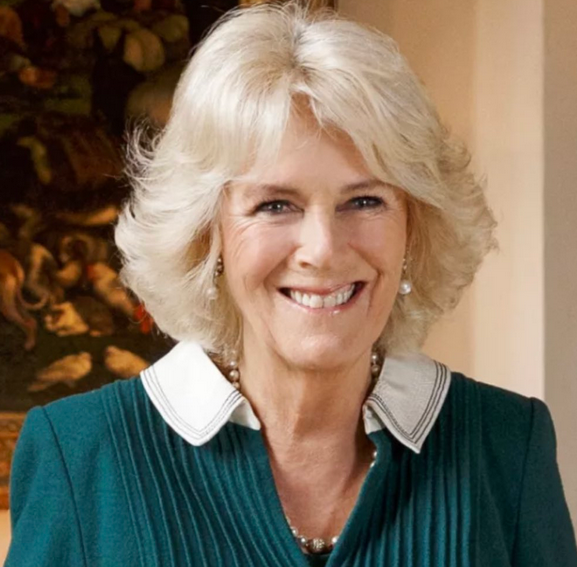
The Queen expressed her desire for Camilla Parker Bowles to be referred to as Queen Consort when Charles became King earlier this year.
"And when, in the fullness of time, my son Charles becomes King, I know you will give him and his wife Camilla the same support that you have given me; and it is my sincere wish that, when that time comes, Camilla will be known as Queen Consort as she continues her own loyal service," the Queen said in a statement released on February 6, the day the Queen celebrated 70 years in power.
This represented a change because Camilla's original title was Princess Consort.
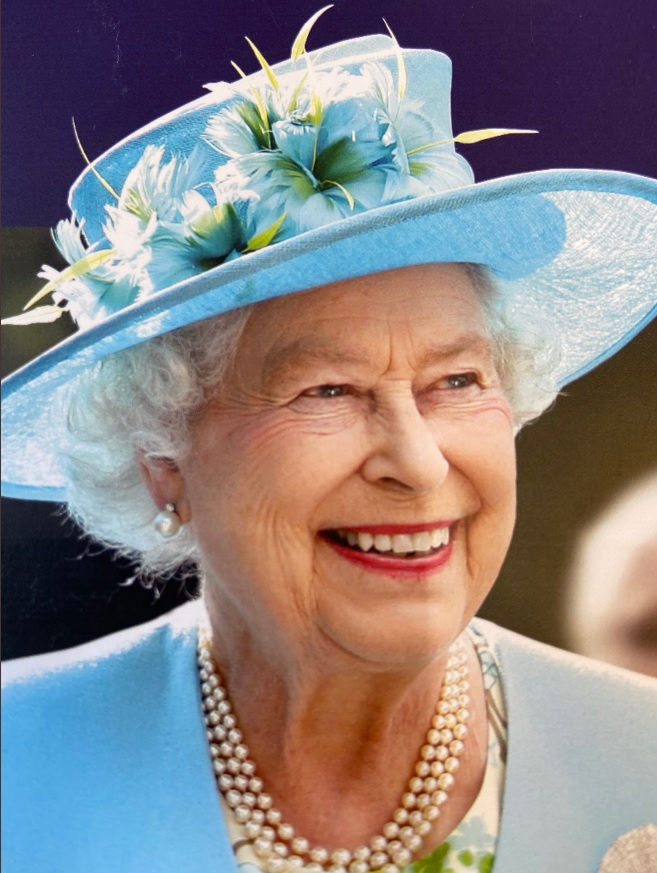
Charles announced ahead of his 2005 wedding to Camilla the title she would hold following their union as well as the one she will now hold as Charles ascends to the throne. A reigning monarch's wife is traditionally given the title of Queen Consort and is crowned and anointed during the coronation ritual.
"Unless decided otherwise, a Queen Consort is crowned with the King, in a similar but simpler ceremony. If the new Sovereign is a Queen, her consort is not crowned or anointed at the coronation ceremony," the royal website reads.
Prince William and Kate Middleton
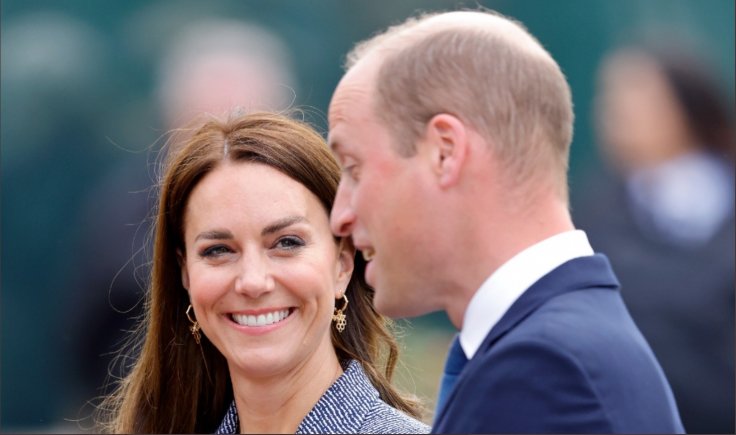
The titles Duke and Duchess of Cambridge, which Prince William and Kate Middleton have held for a while, will stay but a few more titles will be added as well.
After the Queen's death, William and Kate automatically became the Duke and Duchess of Cornwall, which was reflected by the renaming of their official Twitter account. The Duke and Duchess of Cornwall are titles traditionally bestowed on the eldest son of Britain's reigning ruler and his wife.
They will also assume the titles of Prince and Princess of Wales, which were previously held by Charles and Williams' late mother, Diana.
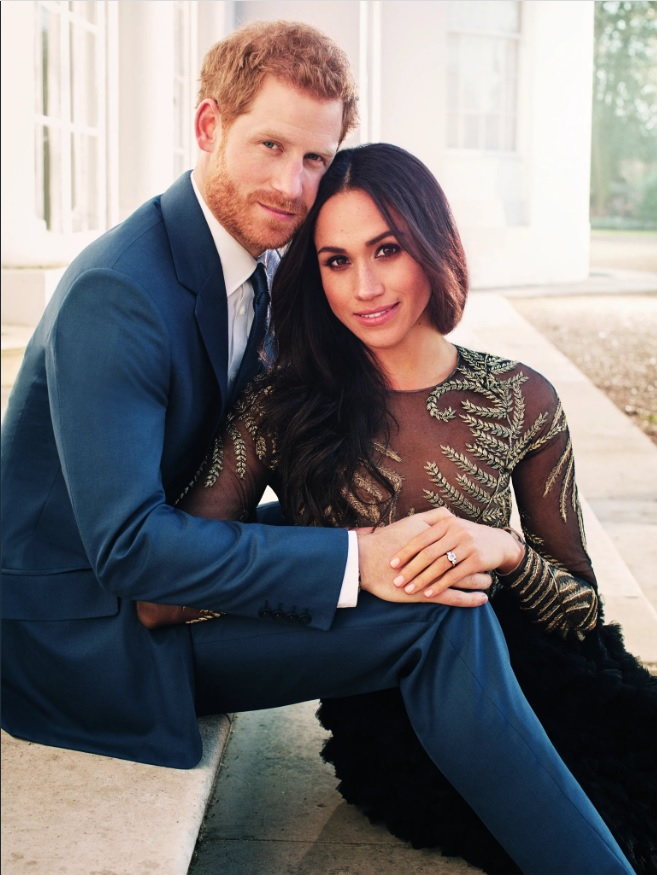
"The new King will have to invest him as Prince of Wales, so likely there'll be an investiture at Caernarfon Castle, as there was for Prince Charles in 1969," Harris said.
Archie and Lilibet Mountbatten-Windsor
The succession of Charles means that Prince Harry and Meghan Markle's children may one day become Prince Archie and Princess Lilibet, even though their parents are no longer senior royals.
Children of the sovereign, children of the sovereign's sons, and the eldest male son of the son of the Prince of Wales would all be named with prince and princesses under current regulations, which were outlined in a 1917 Letters Patent by King George V.

However, Queen Elizabeth made sure that all of Williams' children, not just George, would inherit the royal titles through a Letters Patent from 2012 that she signed.
Peter Phillips and Zara Tindall, the children of Princess Anne, would not have been included in this under the present rules, but Elizabeth's daughter had the choice to bestow the title upon them but chose not to.
Prince Edward, the youngest son of Elizabeth, and his wife Sophie also objected to calling their children prince and princess. It's not yet known if Markle and Harry would accept the titles for their children or if, per speculations, Charles will even permit it.
In the end, all of the present monarch's children and grandchildren are given the title of prince or princess.








